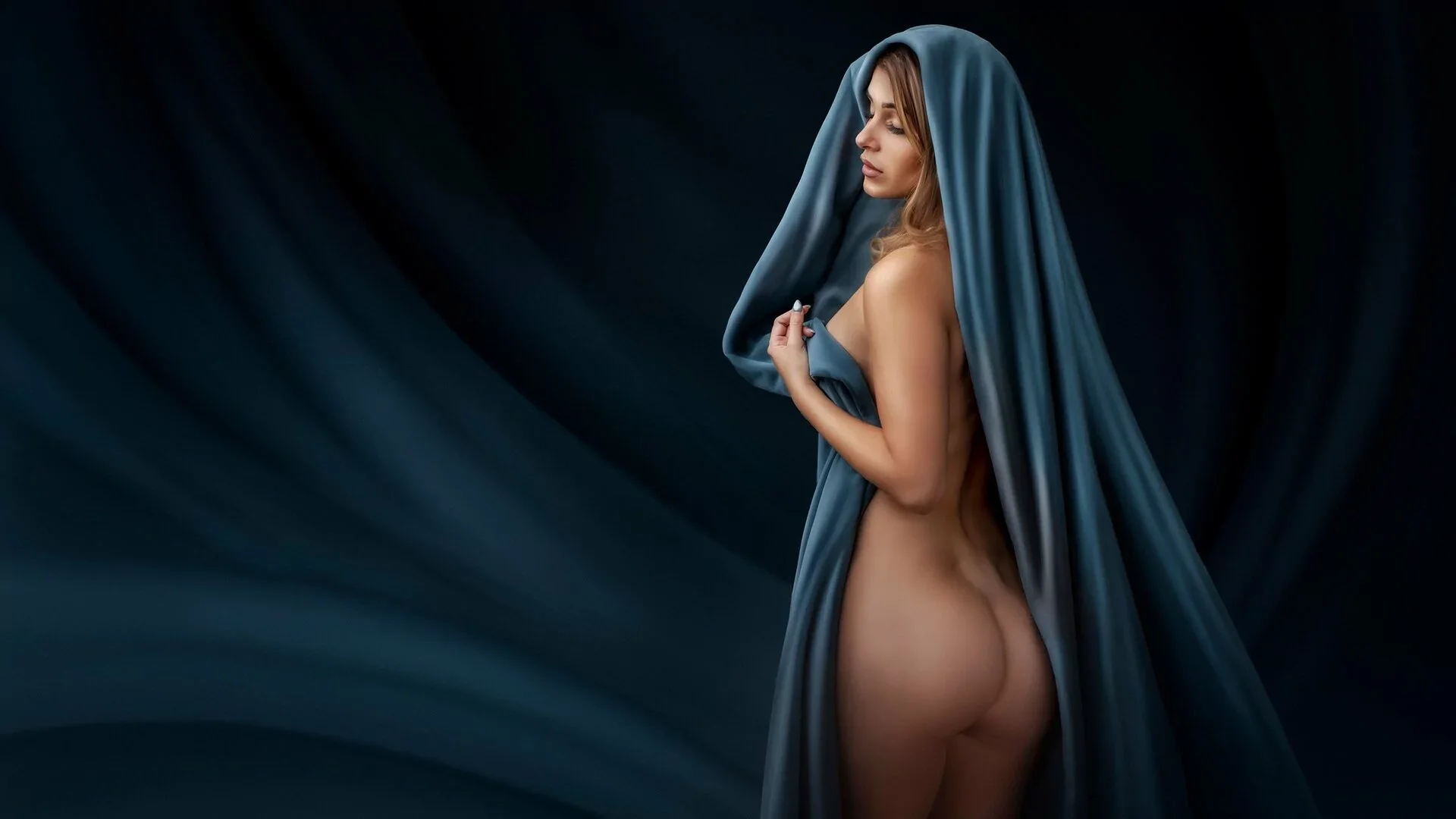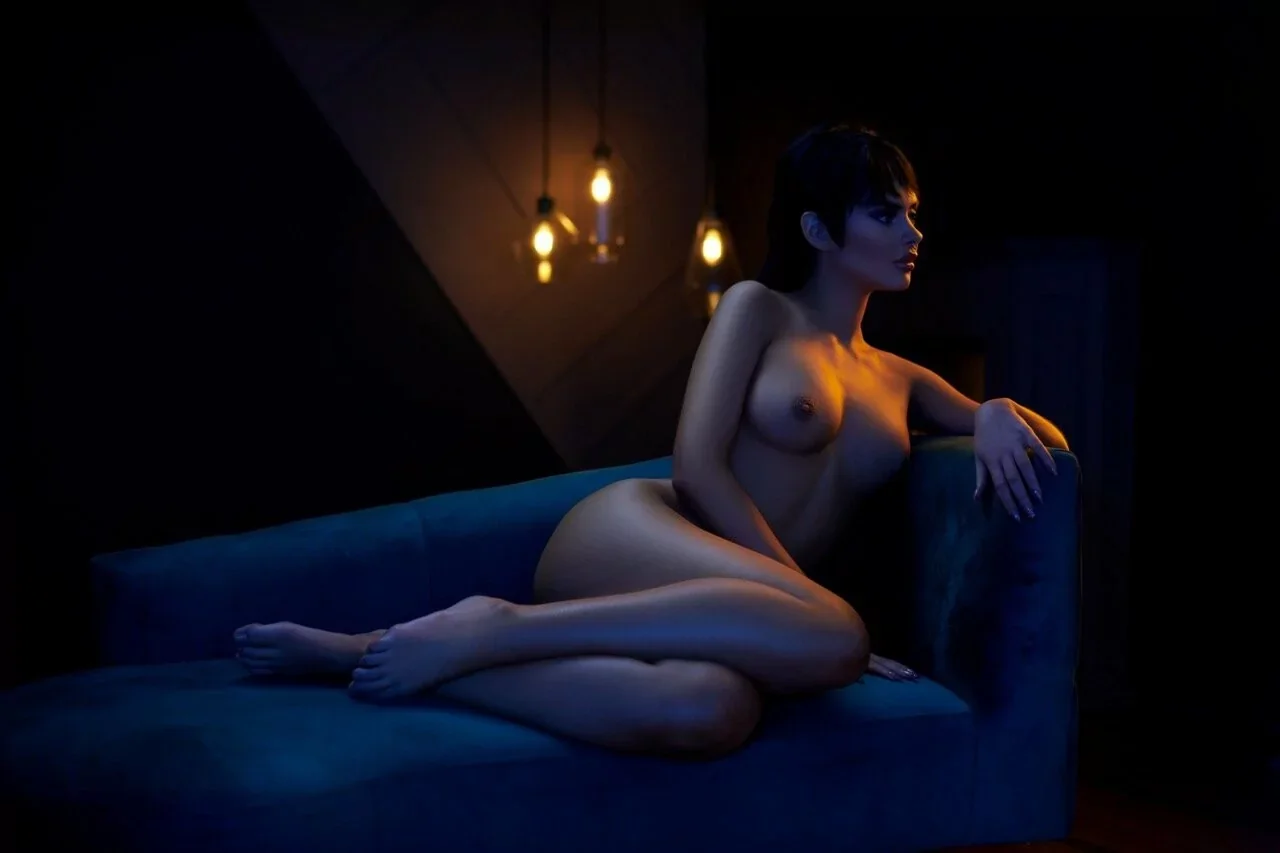Affordable Boudoir Photography Courses
Why Believe in Boudoir Offers the Most Affordable—and Valuable—Boudoir Photography Courses Online
When it comes to mastering boudoir and nude photography, quality education shouldn’t cost a fortune. That’s the philosophy behind Believe in Boudoir (BIB), led by renowned photographer and educator Yuliya Panchenko. What makes BIB courses stand out isn’t just their quality—it’s their incredible affordability paired with unmatched value.
Let’s break down why Believe in Boudoir is the most affordable and valuable resource for aspiring and professional boudoir photographers alike:
1. Top-Tier Courses — From Free to $35 Max
Believe in Boudoir offers more than 50 courses on boudoir and nude photography, ranging from $0 to just $35 each. That’s right—even their free Boudoir Crash Course has been rated better than many paid courses on other platforms. Whether you’re diving into lighting, posing, editing, or business strategy, these courses deliver comprehensive, real-world instruction for a fraction of the typical cost.
2. Course Bundles Packed with Value: $149–$199
Looking for bundled learning paths? BIB offers premium bundles featuring their top-performing courses in both boudoir and fine art nude photography. Each bundle costs between $149 and $199, providing:
Over 80% savings compared to competitor pricing
80% more detailed content than typical market offerings
Courses with proven results, often praised for helping photographers launch or level up their studios
3. The BIB MAX: Lifetime Access for $299
For photographers who want it all, BIB MAX is a game-changer:
Unlimited lifetime access to every course, present and future
Full platform access for just $299 total
No hidden fees. No annual renewals. Just a one-time investment in your craft
Compare this to other platforms that charge $499–$899 annually—and still give you limited and censored access. BIB MAX is a steal.
4. Interest-Free Payment Plans
Want to spread out your investment? BIB offers flexible, interest-free payment plans so you can pay for BIB MAX over time—with no price increase. This makes world-class boudoir education accessible to everyone, from students to professionals.
5. Localized Pricing on iOS & Android Apps
Here’s where BIB gets even more inclusive: when you purchase BIB MAX through the BIB TV app (available on iOS and Android), pricing is adjusted for your local economy.
That means photographers around the world can access the full platform for deeply discounted rates based on their region—something no other boudoir course provider offers.
6. A 7-Day Free Trial — Full Access, No Strings
Want to test it first? BIB gives full platform access for 7 days—100% free. Watch every single course, explore your style, and discover what inspires you.
No commitment. Just full immersion.
7. 30-Day Money Back Guarantee
Still not sure after you’ve purchased? No problem. BIB offers a 30-day, no-questions-asked refund policy. Even after the free trial, if you’re not satisfied, you get your money back.
Why Believe in Boudoir?
Believe in Boudoir was created to make artistic education in boudoir and nude photography accessible to everyone—no matter their background, budget, or location. Its mission is to promote artistic expression, celebrate the human body as art, and uphold the freedom of creative expression with integrity and excellence.
Believe in Boudoir stays true to its values by keeping education affordable, offering interest-free payment plans, global pricing through the BIB TV app, and a 7-day full-access trial—plus a 30-day money-back guarantee for complete peace of mind.
This is about more than learning. It’s about unlocking your artistry, embracing creative freedom, and building a path that reflects your vision.
Get Started Today
Download the BIB TV app on iOS or Android to get the BIB MAX unlimited lifetime access at a localized discounted price based on your country’s economy. Note that only the price of BIB MAX is localized.
If you're in the United States, you can purchase BIB MAX with flexible payment options or start your 7-day free trial HERE. No commitments. No risk. Just the freedom to create.



